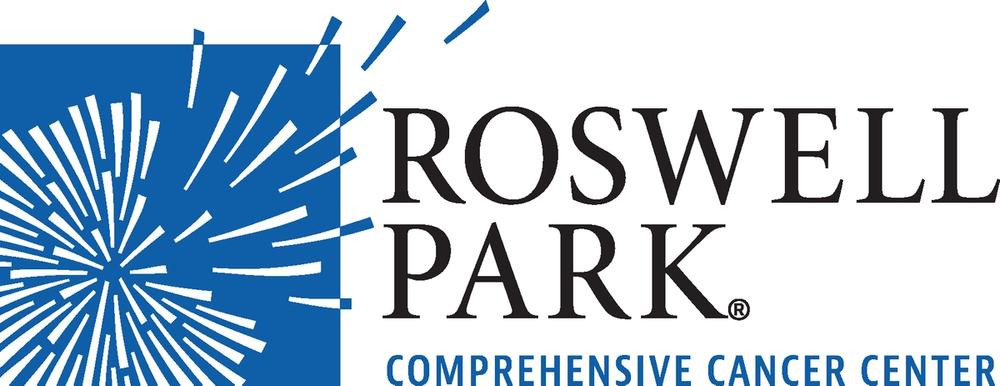
- December 2022
- Volume 16
- Issue 6
After Recruiting Oncology Nurses, Focus on Retention

Encourage professional development, foster resiliency, and engage nurse leaders to create an environment that not only brings in new nurses, but keeps them.
Bringing nurses into any large organization requires substantial time, energy, and finances. But it is a miniscule investment compared with the effort of retaining nursing talent, which requires consistent assessment and intervention to promote a healthy and positive work environment where nurses can advance.
The United States has the highest number of Americans over the age of 65 than at any other time in its history. In 2029, the last of the Baby Boomer generation will reach retirement age, meaning 71.4 million individuals will be 65 years or older—30 million more than in 2011.1 This translates to a need for more nurses. By 2030, it is estimated that there will be a shortage of 500,000 nurses.2 Having the knowledge of this looming gap is not enough. Nurse leaders must focus today on stabilizing the workforce by employing creative strategies to retain experienced staff and those who join the organization over the next several years.
Encourage Professional Development
Continuous professional development (CPD) of nursing staff is associated with improvements in patient safety and nursing quality outcomes as well as increased nursing satisfaction.3 Nurses view CPD as key to attaining, maintaining, and increasing knowledge and competency when they have relevant opportunities and support.4 Employers should provide professional development opportunities that meet the needs of their nursing staff, recognizing that staff are at different developmental phases in terms of content and delivery. Allowing nurses to take advantage of development opportunities on paid time during their shift improves participation in professional development and allows nursing staff to balance work and family life.
Meet the Needs of an Intergenerational Workforce
Never before has the workplace spanned across 4 generations. The current workforce includes Baby Boomers (born between 1946 and 1964), Generation X (born between 1965 and 1980), Generation Y (born between 1981 and 1996), and Generation Z (born between 1997 and 2015). Nurse leaders should strive to meet the needs of team members who hold different values in terms of work-life balance, degree of autonomy, level of feedback, and formality and structure of the work environment.5
Create Opportunities at the Bedside
Many nurses believe the only path to advancement is to leave the bedside and move into an educational or administrative role. This narrow model strains system resources, taking the most competent practitioners and moving them into nonclinical roles. Career advancement programs or clinical ladders encourage retention, increase competency, and improve staff satisfaction and engagement while maintaining the expert practitioner in the clinical role.6 As nurses advance up the career ladder, leaders can develop creative positions that maintain the primarily clinical role but also allow their nurses to contribute more fully to the quality, safety, satisfaction, leadership, or educational outcomes of the unit.
Promote Resiliency
Oncology nurses are prone to moral distress and injury due to the complex psychological, social, and emotional relationships they develop with patients during the diagnosis and treatment trajectory.7 Lack of adequate resources, the knowledge they are providing futile care, and grief all contribute to moral distress and injury. Lack of resiliency has been associated with poor retention, absenteeism, and negative mental health. Resiliency has been defined as the “nurse’s adaptability to reduce their vulnerability to workplace adversity, thus diminishing the negative effects of job demands.”8
Promote staff resiliency by strengthening staff members’ abilities and providing resources for social engagement, self-care, mindfulness, and effective coping through stressful situations.
Engage Nursing Leadership
Nurse leaders are responsible for ensuring staff members have the resources and knowledge to provide optimal patient care, obtaining feedback from staff to improve the work environment, and inspiring a growth mindset throughout the organization by leading by example. Being active and present on the nursing units and developing relationships with nursing staff promotes open communication and improves engagement. Transformational nurse leaders inspire nurses to develop the future vision through intellectual stimulation and innovation.
I appreciate the emphasis on work-life balance, generational perspectives, and worker engagement that has become such a central element in today’s workplaces because it has helped me to better understand and respond to the values and motivations important to my team members, both individually and collectively. Demonstrating through actions, policies, and supportive resources that your focus is not just on getting nurses in the door but on keeping them on the team for years to come is critically important to successful nurse employment—and it is likely to improve performance in patient experience, internal communication, and care quality.
References
- Pollard K, Scommegna P. Just how many baby boomers are there? Population Reference Bureau. April 16, 2014. Accessed October 9, 2022.
https://bit.ly/3FYXA07 - Auerbach DI, Buerhaus PI, Staiger DO. How fast will the registered nurse workforce grow through 2030? Projections in nine regions of the country. Nurs Outlook. 2017;65(1):116-122.doi:10.1016/j.outlook.2016.07.004
- Lavoie-Tremblay M, Paquet M, Duchesne MA, et al. Retaining nurses and other hospital workers: an intergenerational perspective of the work climate. J Nurs Scholarsh. 2010;42(4):414-422. doi:10.1111/j.1547-5069.2010.01370.x
- Vázquez-Calatayud M, Errasti-Ibarrondo B, Choperena A. Nurses’ continuing professional development: a systematic literature review. Nurse Educ Prac. 2021;50:102963. doi:10.1016/j.nepr.2020.102963
- Graystone R. How to build a positive, multigenerational workforce. J Nurse Adm. 2019;49(1):4-5. doi:10.1097/NNA.0000000000000698
- Pierson MA, Liggett C, Moore KS. Twenty years of experience with a clinical ladder: a tool for professional growth, evidence-based practice, recruitment, and retention. J Cont Educ Nurs. 2010;41(1):33-40. doi:10.3928/00220124-20091222-06
- Atli Özbaş A, Kovanci MS, Köken AH. Moral distress in oncology nurses: a qualitative study. Eur J Oncol Nurs. 2021;54:102038. doi:10.1016/j.ejon.2021.102038
- Kester K, Wei H. Building nurse resilience. Nurs Manage. 2018;49(6):42-45. doi:10.1097/01.NUMA.0000533768.28005.36
Articles in this issue
almost 3 years ago
Patients want health systems to be more involved in their healthalmost 3 years ago
Challenges Faced by Adolescent and Young Adult Patients With CancerNewsletter
Knowledge is power. Don’t miss the most recent breakthroughs in cancer care.
















































































